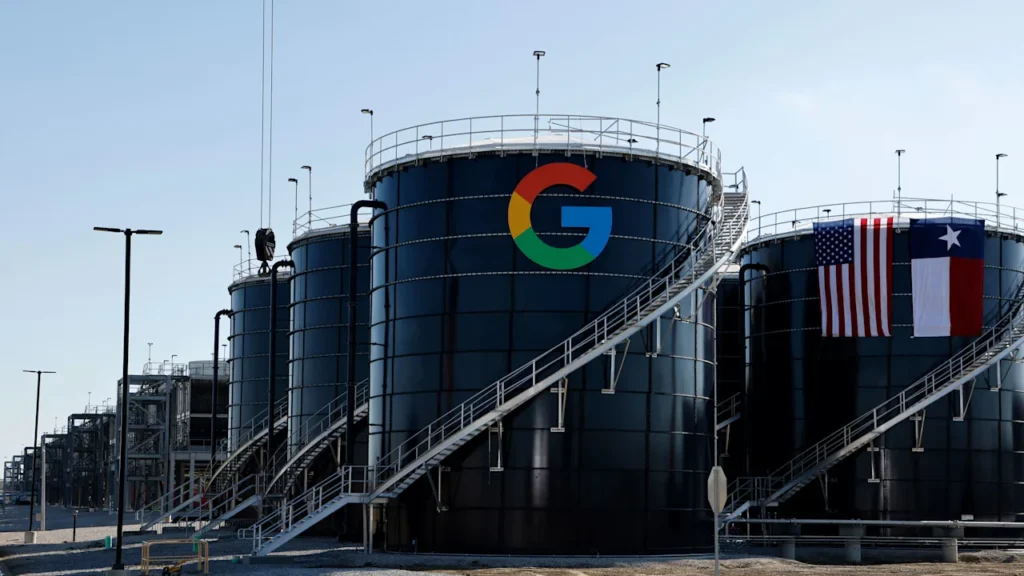
Google has 44 data centers in operation or in development around the world, but as demand for AI and the need for compute capacity grows, the company is getting started on three more.
This latest batch is destined for Texas, where Google already has a pair of data centers in operation just south of Dallas. One of the new centers will be located outside of Amarillo in Armstrong County, with the other two headed to Haskell County, about three and a half hours west of Dallas.
The $40 billion investment in the Lone Star State will help the company build additional infrastructure for its cloud and AI units. The company expects the centers to be operational by the end of 2027.
This will be Google’s largest single investment in any individual state, according to Texas Governor Greg Abbott. It follows data center announcements in Texas by Anthropic and Microsoft earlier this month.
“This is a Texas-sized investment in the future of our great state,” Abbott said in a statement.
Despite Abbott’s claim about AI development, Texas isn’t quite the epicenter of data centers. With these three new ones, however, the state solidifies its bragging rights as having the second most in the country with approximately 415. Texas is still far behind Virginia, however, which has more than 660, mostly in a concentrated area in the Northern part of the state known as “Data Center Alley.”
Data centers are essential to the AI efforts of Google and other leaders in that field, but environmentalists have sounded a warning bell about the climate ramifications of the facilities.
The power requirements of data centers in North America increased from 2,688 megawatts at the end of 2022 to 5,341 megawatts at the end of 2023, according to the Massachusetts Institute of Technology. And demand is only growing. (In February, Energy Secretary Chris Wright called for more nuclear power plants to meet the growing demands of AI companies.)
“The pace at which companies are building new data centers means the bulk of the electricity to power them must come from fossil-fuel-based power plants,” said Noman Bashir, a computing and climate impact fellow at MIT’s Climate and Sustainability Consortium.
Cornell forecasts that by 2030 the public health burden of AI data centers will be double that of the U.S. steelmaking industry. And it could be on par with all the cars, buses, and trucks in California.
Google says its new data centers in Texas will be built responsibly, bringing new energy resources onto the grid and supporting community energy-efficiency initiatives. That will include a $30 million Energy Impact Fund to scale and accelerate energy initiatives.
One of the Haskell County data centers, the company says, will be built alongside a new solar and battery storage plant.
Beyond the short-term job bump that comes with the creation of these centers, Texas will also see a rise in the number of electrical workers. Google says it will train existing electrical workers and more than 1,700 apprentices in Texas by 2030, which will double the pipeline of new electricians in the state—that, in turn, could encourage other companies to build there.
“They say that everything is bigger in Texas—and that certainly applies to the golden opportunity with AI,” Alphabet CEO Sundar Pichai said.


